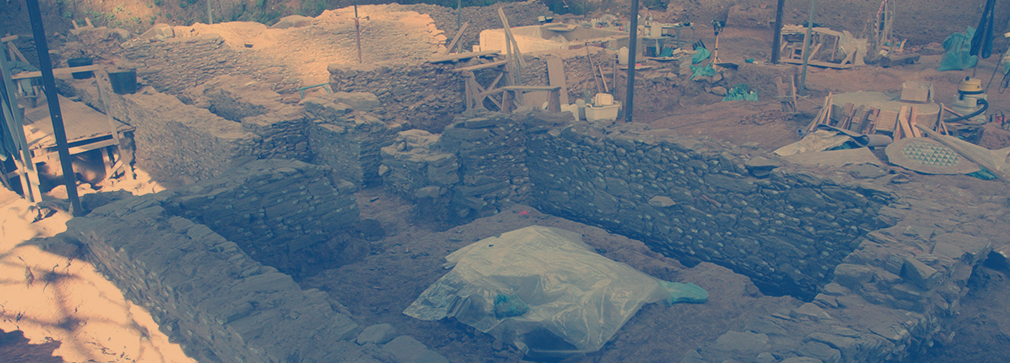
Conservation work
In October 2014 we started the final stage of the project for the appreciation of the archaeological remains of Caldoval, with the construction of a museum where they could be exhibited. This is a joint initiative carried out by the Xunta de Galicia, the Town Council of Mugardos and our company in order to make part of the relevant heritage of the area available to the members of the public.
The Roman site of Caldoval has two differentiated areas: firstly, it features a channel excavated in rock and a number of rooms facing the coast, whose use could be associated to trade activities; secondly, it features a domestic rural spa which includes an arena for sports activities. This ensemble was used between the 1st and 5th century CE.
Appreciation work of the remains of Caldoval includes the simultaneous execution of the interpretation centre that will house the remains, the musealisation of archaeological material and the urbanization of the surrounding area.
The building was designed by architect Alfonso Penela, and allows the remains to play a main role within the site, closer to the notion of a mausoleum tan to that of the typical exhibition hall. Indeed, the sober, dignified, austere construction is resolved by a single decision: a wall in the shape of a spiral integrating the whole ensemble. The spiral progressively inters itself to return the ruins to earth and thus places itself at the pristine height, free from outside interference. On the surface, the museum entrance and several skylights emerge from the building and induce to go down a gentle ramp that leads to the remains. A footbridge allows visitors to see the ruins from an elevated position.
In order to appreciate the true relevancy of the remains, the museum completes its presentation with a variety of elements aimed at the understanding of the historical ensemble. This includes the recreation of certain rooms and stereoscopic projections that take visitors back to the ancient Roman world.